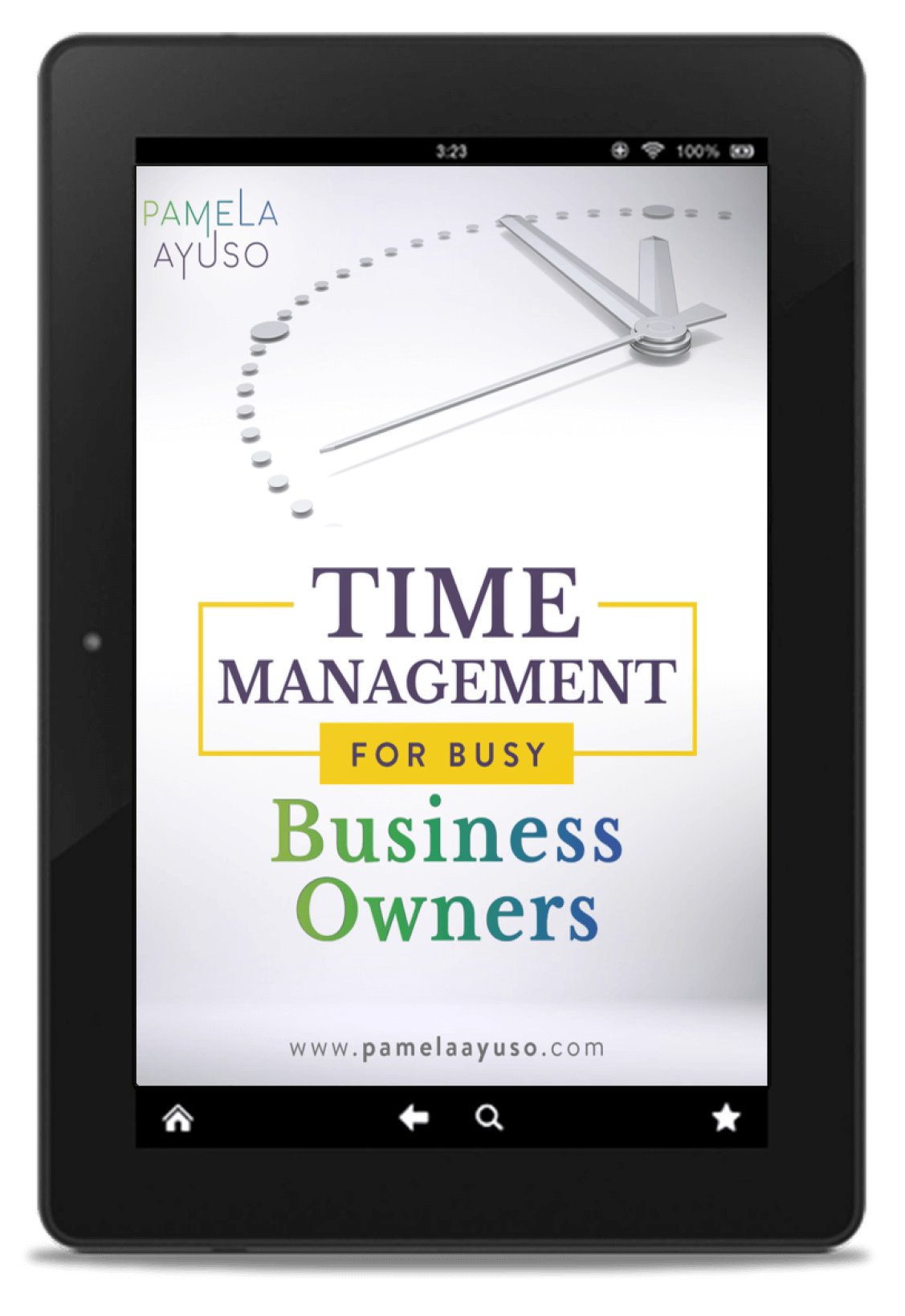The centerpiece of any company is its people. Without a strong team, it is impossible to be a successful organization. You can have the best product and the best equipment, but who will manage it all if you have not put a good team in place? Building a strong organization takes time and effort.
Two ways that will support you in this direction is by making sure you hire the right people and by giving them plenty of opportunities to interact once they become a part of your company.
![[Photo: Nikita Kachanovsky/Unsplash]](https://www.pamelaayuso.com/wp-content/uploads/2021/01/nikita-kachanovsky-bLY5JqP_Ldw-unsplash.jpg)
[Photo: Nikita Kachanovsky/Unsplash]
Hone Your Hiring Process
It all starts in your hiring process. Make sure you filter candidates before they come into your company to make sure that not only will they be able to perform but that they are also a match with your organization and its culture.
We have polished our hiring process over the years, and these practices have worked for us:
-
Workplace assessments: We have our candidates take assessments, such as DISC, to make sure they are a good fit with the role. To learn more about some of the other evaluations I use, please see Get to Know Yourself and Understand Your Strengths.
-
A thorough analysis of work history: Because we do not have many data points to get to know someone immediately, the past is the best place to look to understand how they have performed, and the person’s work history indicates that he or she will be a good match.
-
Use structured interview questions: There are so many biases that come into interviewing. One of the most significant ones is the confirmation bias. The tendency begins the minute the person comes into our office or interview space. At this point, we subconsciously and immediately decide whether we like them or not. We then spend the rest of the interview gathering evidence that supports our initial assessment, confirming our initial impression. This type of interviewing, of course, does not work. Structured interview questions force you to ask the very same question to all the candidates you are interviewing, reducing the probability of error. Also, to reduce it, even more, be aware throughout the interview of how you may be looking to confirm your impression, and instead, try to be objective.
-
Decide as a group: Put together a committee of four people, give or take one, who have all interviewed the person and come together to share opinions. Have everyone rank the candidates and write out their recommendation without talking to anyone else. This practice will help you prevent groupthink, where people coalesce around the same decision to be in harmony, even if it is not the best one. Furthermore, if there is a leader in the team meeting, that person should speak last to prevent others from changing their opinions. Make sure that people feel safe to state their ideas even if they are contradictory to what the rest of the group thinks: someone may be raising a critical flag, that will help you avoid a mistake.
By following a structured process, you will have a higher chance of bringing in people to your team who will support the company’s mission. Once you hire the right people, the rest of the work is easier. The group you already have will transmit your company culture to your new hires. And if you hired well, the new people will readily adapt to who you are as a company.
![[Photo: Matteo Vistocco/Unsplash]](https://www.pamelaayuso.com/wp-content/uploads/2021/01/1_matteo-vistocco-240766-unsplash.jpg)
[Photo: Matteo Vistocco/Unsplash]
Create Opportunities for People to Interact
You can create and find multiple opportunities to help people interact and get to know each other. Designing open spaces so that people bump into each other is one way to drive interaction purposefully. Another strategy is to create groups that cross teams, such as hiring committees and innovation groups. Through these teams, people get to know each other across departments and learn how to collaborate in ways that benefit everyone.
Bringing the whole company together in company-wide meetings is another way to help people get to know each other. Everyone meets to talk about where the company is going and how it is going to do it. People present their projects and start to identify other people that may not have talked to or met. This strategy allows the company’s culture to seep through. For more about company-wide meetings, see The Benefits of Company-Wide Meetings You Need to Know.
I also love the idea of creating traditions, such as holiday events or corporate social responsibility activities that you can do as a group. With time, bonds will be formed that will help the company move in a unified direction.
These are some of the ways I have experimented with building a more robust organization, although there are others, such as company retreats and making sure that people can grow and evolve. The goal is to continue to explore and find ways that work well with where we are as a company so that we can continue to build our culture and our team.



